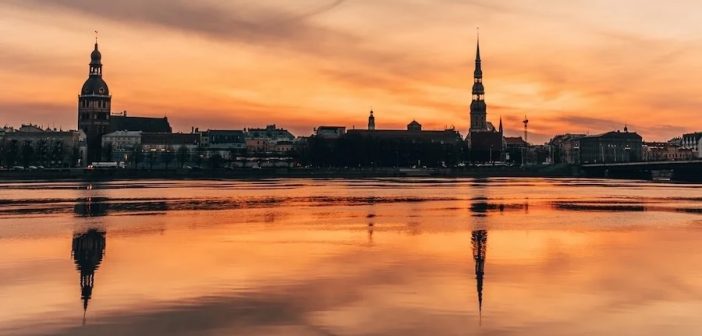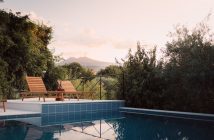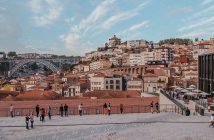Arriving in Latvia’s capital with no expectations (let alone understanding), Larry discovers a city of Art Nouveau splendour, culinary reinvention and quiet confidence — from its green parks and gilded façades to the contemporary comforts of the Pullman Riga Old Town — and learns why locals still insist that “Riga is not ready…”
Among Europe’s capital cities, there are very few that feel as though they’re being discovered for the first time. Name almost any other and you can probably reel off half a dozen things it’s known for — a famous landmark, a football team, a romantic cliché. But Riga? I’d wager most would struggle to tell me even what country it’s the capital of.
That, I confess, included me. Though I’ve long harboured a desire to explore the Baltics — that intriguing trinity of Estonia, Latvia and Lithuania — I’d never quite made it. Tucked into Europe’s north-east corner, gazing across the Baltic sea to Scandinavia and brushing against Russia, these lands have absorbed centuries of history and influence. And Riga, I soon discover, is a city that wears them all.
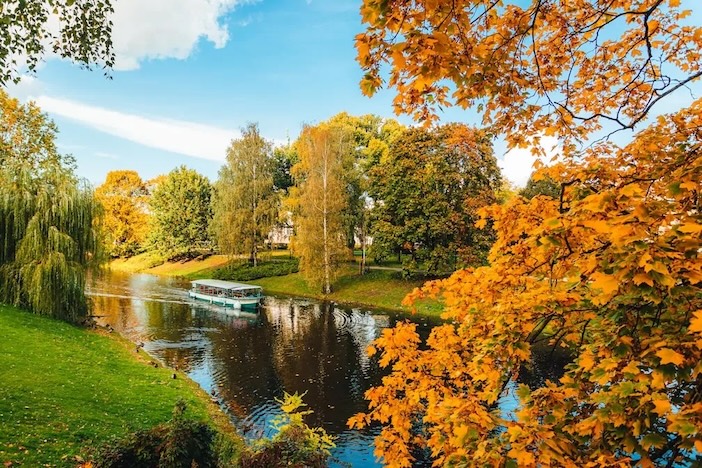
I arrive with curiosity, and not a little ignorance, intent on correcting it – and, as you’ll see, Riga turns out to be full of surprises. A morning jog traces a ribbon of green through the centre; the canal, once a medieval moat (a ‘ring’ giving the city its name) is now a serpentine park where willows trail their fingers in the water. It’s an unexpectedly serene introduction. Later, on a walking tour, my guide Andra fills in the details, and what unfolds is a city of layers and resilience.
Founded in 1201, Riga became a major trading post under German rule, then passed to the Russians in the 16th century. Sweden had its moment in the 17th, before Peter the Great claimed it for the Russian Empire. Independence flickered into life in 1919, only to be extinguished by occupation during the war, first Soviet, then German, then Soviet again. When freedom finally returned in 1990, it did so through one of the most extraordinary peaceful protests in history — the ‘Baltic Way’, a 670-kilometre human chain linking the three Baltic capitals.
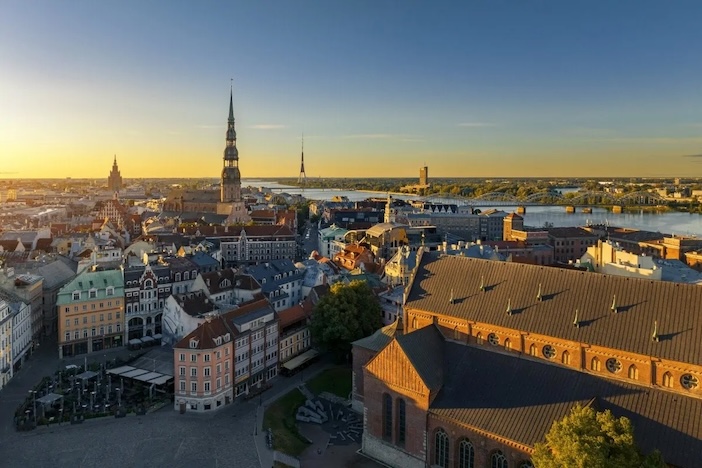
Even today, that history hums beneath the cobblestones. Much of Riga’s Old Town feels timeless — a patchwork of gables and guildhalls, their façades bearing coats of arms and curiosities — yet, like many European cities, not everything is as old as it looks. In the market square, for instance, the cobalt-blue banner atop the beautifully ornate façade of the 14th-century Hanseatic League Hall carries the date 1999 – rebuilt brick-by-brick after wartime destruction.
But there’s character everywhere; the Swedish Gate, a remnant of the city’s old fortifications, and, nearby, the famous “Three Brothers” — three adjoining houses from the 16th, 17th and 18th centuries — stand like sentinels to the city’s evolving architectural story. And from the viewing gallery atop St Peter’s Church, the panorama stretches across the red-tiled rooftops to the Daugava River, the distant TV Tower and, across the water, the new 60-metre Riga Rise wheel — the city’s modest answer to the London Eye, offering wide skies and none of the queues.
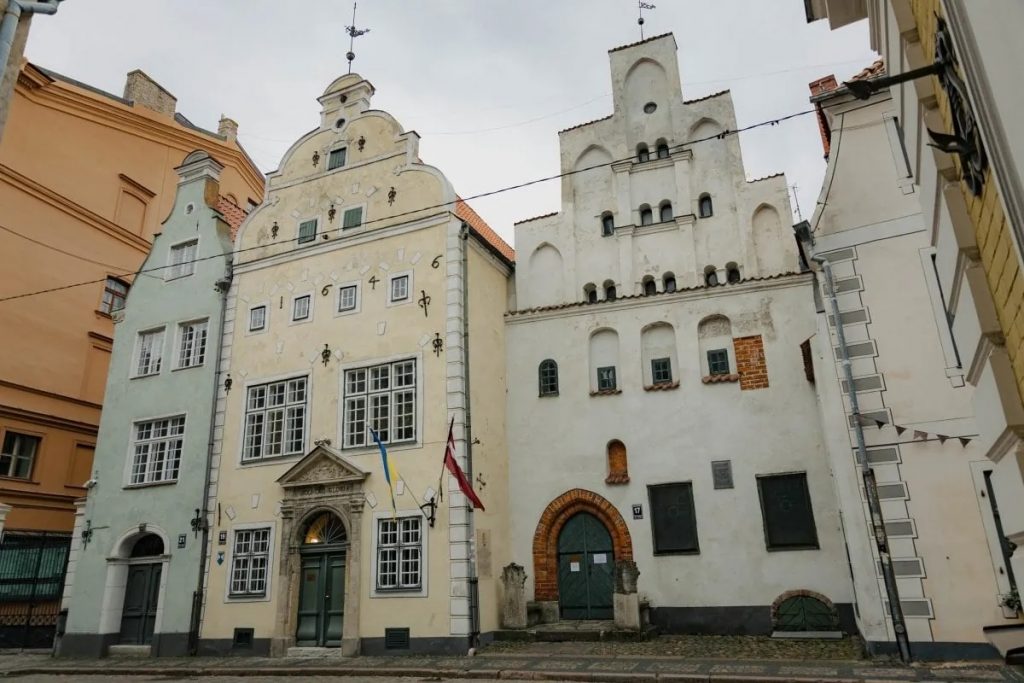
Riga’s true revelation, however, lies beyond the Old Town. For it’s here, in its elegant boulevards north of the centre, that the city’s most astonishing secret awaits. More than 800 buildings — the world’s largest concentration — are devoted to Art Nouveau. A fifteen-year creative fever at the turn of the 20th century turned Riga into an open-air museum of whiplash curves, sculpted faces and flowing ironwork.
Vienna may have had Klimt, Paris its Gaudí and Guimard, but Riga quietly outdid them all. Each street seems a masterclass in stone and stucco — an architect’s dreamscape where nymphs, owls and gargoyles peer from balconies and cornices. Even the most unassuming doorway is a miniature work of art. Little wonder UNESCO saw fit to enshrine much of the city centre for this very reason.
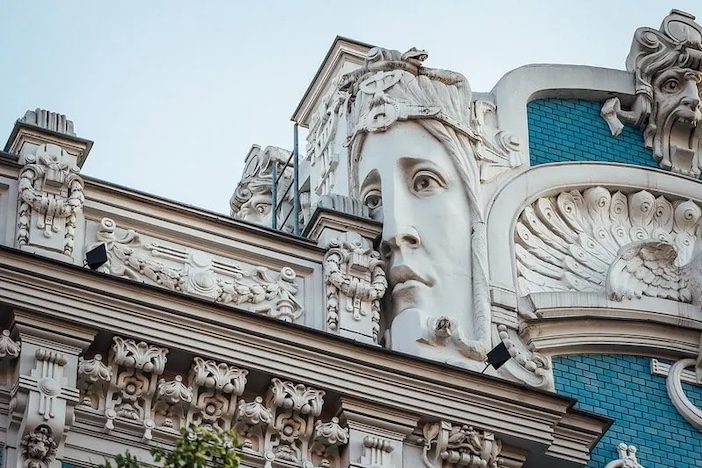
Amid that rich tapestry is my base, the Pullman Riga Old Town, a hotel that neatly embodies the city’s blend of heritage and modernity, particularly following a recent, and extensive, renovation. Once Baron Munchausen’s stables, it retains its 18th-century brick and vaulted ceilings but frames them with glass and steel — a marriage of eras that feels both deliberate and stylish. The Pullman’s modern comforts are undeniable — a spa with a narrow lap pool like a blade of light, and luxurious, contemporary rooms that overlook the city’s green heart — but what lingers most is its culinary offering.
Forget any notion of Latvian food as simple or stolid. In Riga, it’s a revelation. At Harper Woolf, the Pullman’s restaurant, Chef Arturs Arnicans — fresh from German television fame — presents what might best be described as a love letter to the Latvian landscape. Forest mushrooms meet truffle ice cream; duck and tuna share a plate in bold harmony; local burrata finds unlikely company with vanilla and strawberries. Each course surprises, delights, and somehow feels inevitable once tasted.
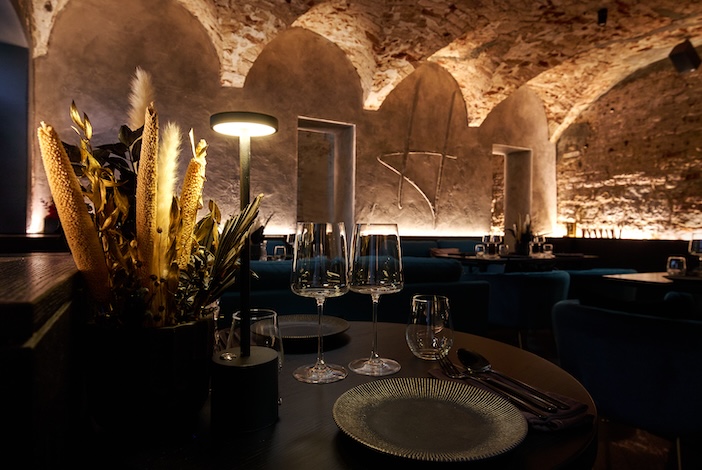
Across the city, the culinary awakening continues. Whitehouse, set within the greenery of Vermane Garden, exudes cosmopolitan poise. Zivju Lete (literally “fish counter”) resurrects the country’s maritime heritage with Baltic herring, sprats and tartares, reminding locals of the abundance on their doorstep. But Barents is perhaps the jewel in this new culinary crown. Its tasting menu, paired with an ice-bound ‘treasure island’ of fine wines, distils the essence of the Baltic — oysters with elderflower, pike perch in dashi, catfish glazed with honey and beer. It’s Nordic minimalism with soul.
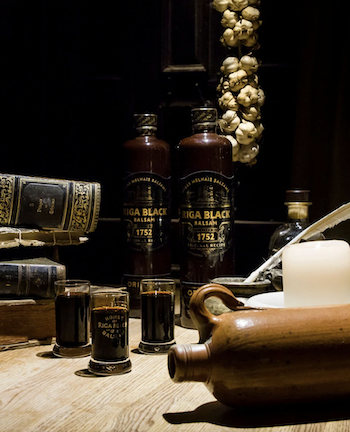 To truly taste Riga, though, you must finish with its signature elixir: Riga Balsam. First brewed in 1752 to cure Catherine the Great of a cold, it’s a dark, herbal liqueur of 24 botanical ingredients, still served in its original ceramic bottle. The Black Magic Bar, set in the apothecary where it was concocted, keeps the tradition alive with candlelight, secret doors, and a cellar tasting room. Later, back at the Pullman, I raise a wax cup of ‘Dear Riga’ — a cocktail of balsam, apple, hibiscus and white chocolate — the city’s bittersweet history distilled in liquid form.
To truly taste Riga, though, you must finish with its signature elixir: Riga Balsam. First brewed in 1752 to cure Catherine the Great of a cold, it’s a dark, herbal liqueur of 24 botanical ingredients, still served in its original ceramic bottle. The Black Magic Bar, set in the apothecary where it was concocted, keeps the tradition alive with candlelight, secret doors, and a cellar tasting room. Later, back at the Pullman, I raise a wax cup of ‘Dear Riga’ — a cocktail of balsam, apple, hibiscus and white chocolate — the city’s bittersweet history distilled in liquid form.
That evening, I stroll back through Dome Square, past the spires and façades glowing amber in the lamplight. Riga feels alive — thankfully, not in a loud, tourist-thronged way, but in the quiet confidence of a city rediscovering itself. Flights here are mercifully affordable; the hotels, indulgent yet accessible. You sense that Riga’s moment, long deferred, is finally arriving.
And yet, as locals often say with a smile, in tribute to an old legend, “Riga is not ready.” It’s their knowing joke — a recognition that the city is still a work in progress, always improving, always evolving. But perhaps that’s the secret to its allure. For in a Europe of finished masterpieces, Riga remains beautifully unfinished, a city of surprises, indeed— and doubtless with far more to come.
Room rates at The Pullman Riga Old Town, start from 136 EUR for a superior double, including breakfast. For more information, including facilities and details of Harper Woolf restaurant, please visit www.all.accor.com.
For more information about Riga, and to start planning your trip, please visit the official tourism website at www.liveriga.com. And to sample its culinary revival, Riga Restaurant Week takes place from 27 October – 9 November in which the city’s best restaurants will open their doors for a delightful journey for the taste-buds at an especially enticing price – EUR 30, 35, 40 or 45 for a three-course meal.

